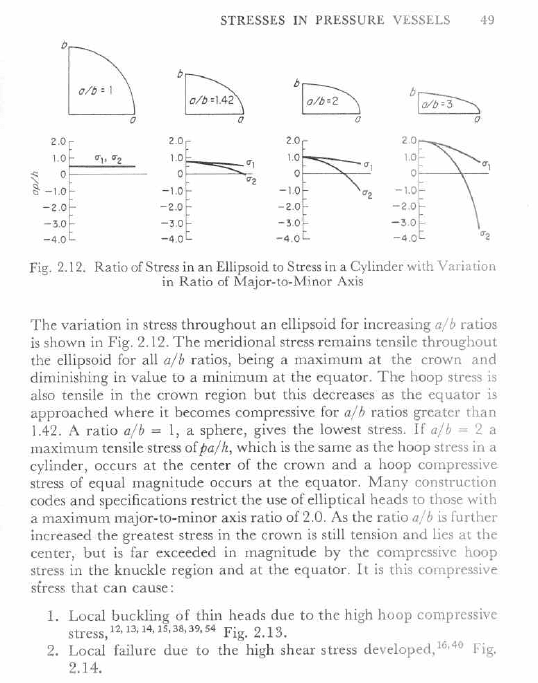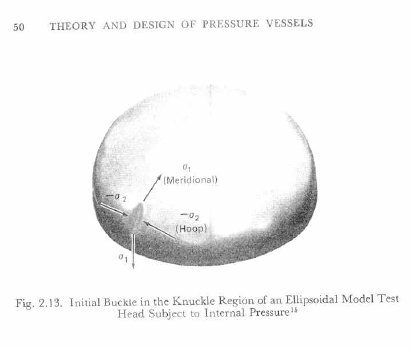-
1
- #1
Rubje
Chemical
- Nov 6, 2022
- 82
I only seen the standard 2:1 ellipsoidal head used on vessels and I'm curious if anyone seen any other ratio used before.
If so, what was the reason why that particular ratio was used and not 2:1?
If so, what was the reason why that particular ratio was used and not 2:1?


